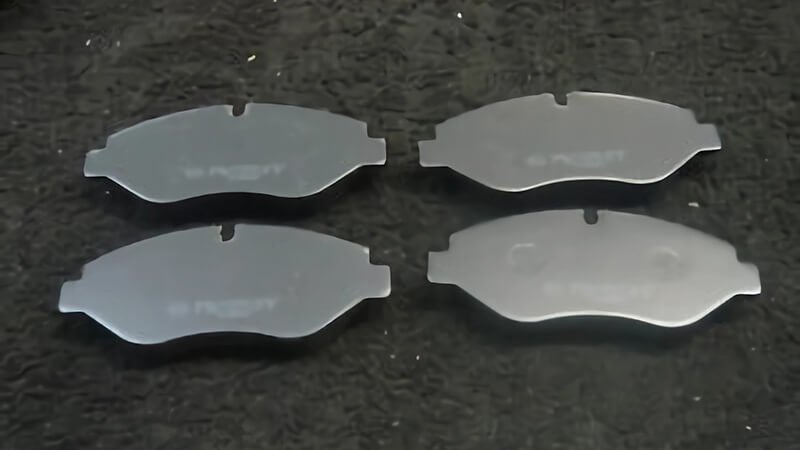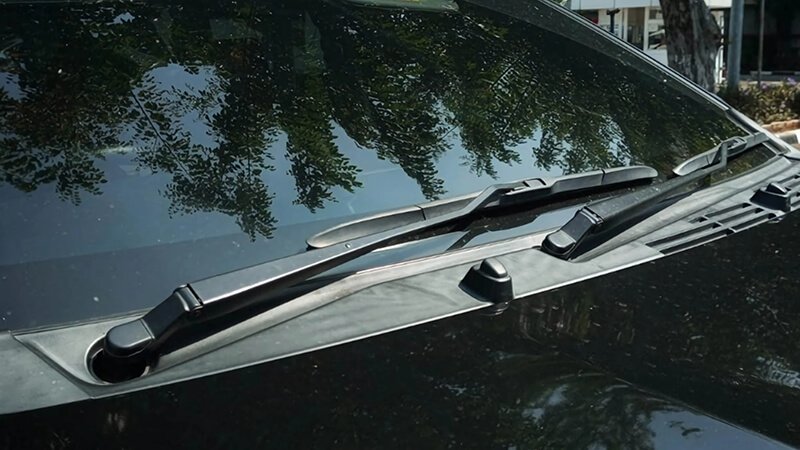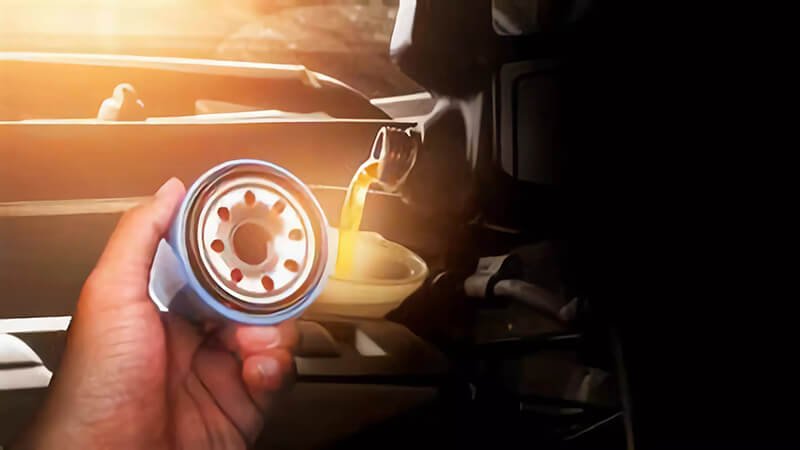Changing brake pads seems simple—until you forget one critical step: the parking brake. Ignoring it can damage calipers and waste hours fixing what could’ve taken minutes.
No, you should never change brake pads with the parking brake on. This can lead to caliper damage, locked mechanisms, and expensive delays—especially with electric parking brakes (EPB). Always release the brake and follow service mode protocols.
If you're working with modern vehicles, you need more than a wrench—you need to understand how brake systems behave. I've seen this mistake happen too often. And every time, it costs money, time, and a ton of frustration. Let's break it down.
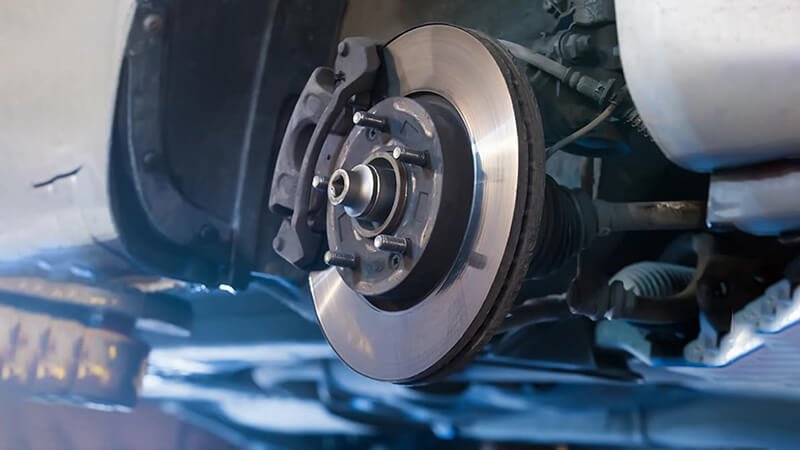
Does the handbrake need to be off to change brake pads?
For traditional handbrakes, the answer is still no—you should never leave it engaged. Here’s why: the pressure from a handbrake keeps the rear calipers locked in place. When you try to forcefully remove brake pads under that condition, you risk damaging the caliper piston or the entire mechanism.
Yes, the handbrake should always be disengaged when changing brake pads. If it’s engaged, the caliper remains under pressure, making pad removal difficult and potentially damaging brake components.
Why this matters for Runex Auto brake pads
At Runex Auto, our brake pads are built for precision and performance. They feature consistent friction materials and fit snugly within OEM-grade tolerances. But even the best parts fail if installed incorrectly.
If a caliper piston is compressed against an engaged handbrake, it might crack or warp the friction surface. That not only damages our brake pads, but also reduces braking performance1—and we never want that.
| Brake System | Risk if Handbrake Engaged | Runex Auto Pad Damage Potential2 |
|---|---|---|
| Manual Drum | Pads can't be removed | Low |
| Rear Caliper | Piston locked | Medium to High |
| Electric EPB | System error + lockup | Very High |
I've heard from clients who lost hours trying to pry pads out—until they realized the handbrake was still on. Don’t be that tech. Save yourself the headache.
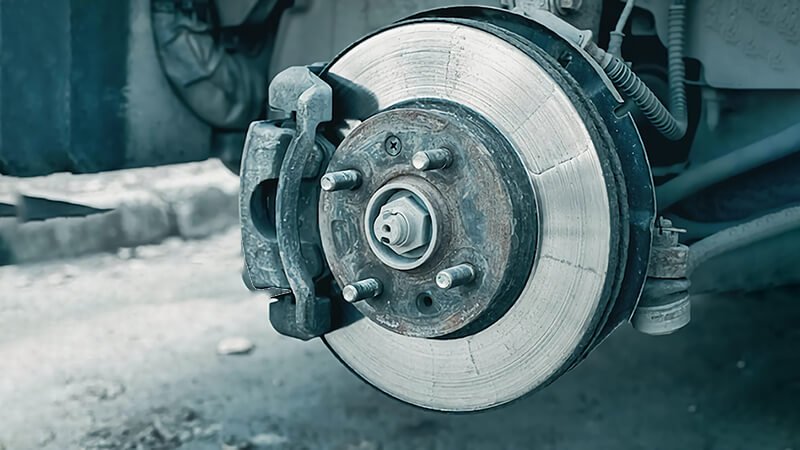
Can you change brake pads with an e-brake on?
This is where things get more serious. Electric parking brakes (EPB) aren’t mechanical—they’re controlled by onboard diagnostics. Trying to remove pads while an EPB is engaged? That’s how you trigger error codes, burn motors, and seize pistons.
No, you cannot safely change brake pads with an electric parking brake (EPB) on. Always enter service mode using diagnostic tools to retract the caliper properly before starting the job.
A lesson from the field
One of our fleet customers once called me—his maintenance crew replaced brake pads on six vans. But they forgot to disengage the EPB system. The result? Locked calipers, failed retraction motors, and warning lights flashing like a disco. It delayed the fleet for a full day.
After that, they changed their process. Now, every technician uses diagnostic tools3 to enter service mode. No more mess. No more downtime.
How Runex Auto supports EPB systems
We design Runex Auto brake pads with EPB integration in mind. That means stable backing plates, vibration-resistant shims, and consistent thickness tolerances. But none of that helps if the caliper won't move.
That’s why we also provide technical datasheets and EPB service guides4 for our wholesale clients. When our pads are installed using the right process, they perform like they should—smooth, reliable, and quiet.
| Issue | Cause | Runex Auto Solution |
|---|---|---|
| Locked Rear Calipers | EPB engaged during install | Use diagnostic tool for service mode |
| Warning Lights Triggered | Improper EPB reset | Follow OEM EPB retraction sequence |
| Uneven Pad Wear | Failed piston retraction | Ensure full caliper release before swap |
EPB is great for comfort—but not forgiving during repair. Always respect the system.
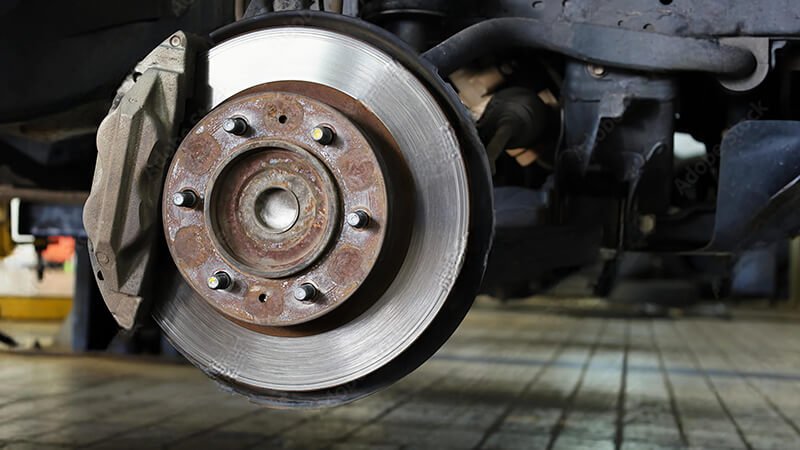
Should the car be in neutral when changing brake pads?
It depends where you’re working. If you’re changing rear brake pads on a car with rear-wheel drive or if the wheels lock when parked in gear, shifting to neutral may be necessary. But more important is ensuring the vehicle is securely lifted and the wheels can spin freely.
Putting the car in neutral helps free up the wheels but isn't strictly required for brake pad replacement. The key is disengaging the parking brake and safely lifting the car before starting work.
Safety over shortcuts
We’ve all seen techs rush a pad change by keeping the car in gear or skipping proper wheel chocking. I never recommend that. Safety comes first, especially when you’re working under a lifted car.
For front-wheel-drive cars, neutral isn’t required if you’re only replacing front pads. But for rear-wheel drive or four-wheel-drive vehicles, neutral allows wheel movement for inspection and rotor alignment. In those cases, it helps.
At Runex Auto, we always remind partners: pad replacement5 isn’t just about swapping parts—it’s about process.
How gear position affects Runex pads
Our pads are engineered for fast bedding and smooth rotor contact. That means proper alignment is essential. If the wheels can’t spin or the rotor is slightly off, bedding-in might cause uneven wear or squeaking.
| Car Type | Gear Position Advice | Runex Pad Performance Impact6 |
|---|---|---|
| FWD (Front Pads) | Neutral not required | Minimal |
| RWD (Rear Pads) | Neutral helps with rotation | Improves pad alignment |
| AWD/4WD | Neutral preferred | Avoids resistance on install |
Use jack stands. Release the brake. Set the car safely. That’s how you make our pads—and your time—count.
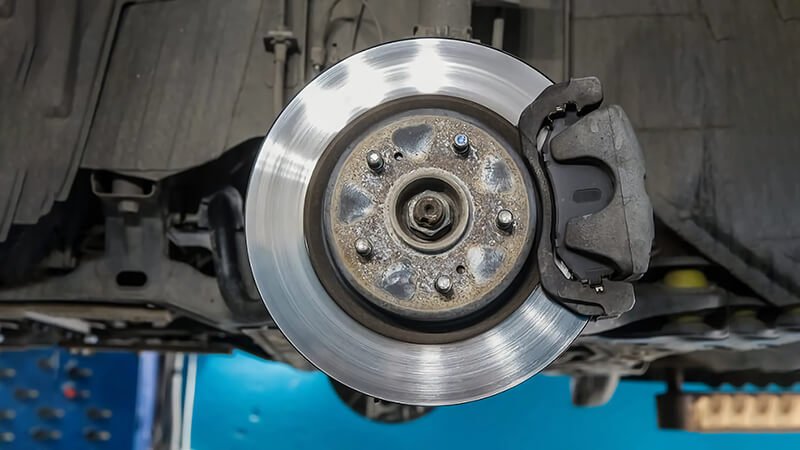
Should the car be in neutral when changing brake pads?
Yes, I included this twice because I get asked it that often. So let’s dig deeper.
Neutral is helpful but not mandatory. It depends on vehicle drivetrain. What matters more is that the car is stable, the brake is off, and the caliper is movable before you swap pads.
When in doubt, check the manual
Every vehicle has unique requirements. For example, some vehicles lock the rear wheels when placed in Park. If you're replacing rear pads, you might need neutral to allow free wheel spin. But don’t guess—check the owner's or service manual.
More importantly, don’t overlook brake release7. As we’ve covered, keeping the parking brake on—manual or electric—will cause problems regardless of gear.
At Runex Auto, we always remind our clients: follow the procedure. Our pads are designed for performance, but installation still requires care.
Supporting global distributors
I often work with procurement leads who manage teams across Europe and the UK. They need clear install guidelines8, fast shipping, and dependable support. That’s why we offer training materials, EPB reset guides, and virtual consultations. One call can save a technician from repeating the same mistake across a fleet of vehicles.
| Scenario | Gear Position | Brake Status | Safe to Change Pads? |
|---|---|---|---|
| Front Pads on FWD | Park | Disengaged | Yes |
| Rear Pads on EPB Vehicle | Park or Neutral | Engaged | No |
| Rear Pads on Manual Handbrake Car | Neutral | Disengaged | Yes |
Think process first. The gear comes next. The brake always comes off.
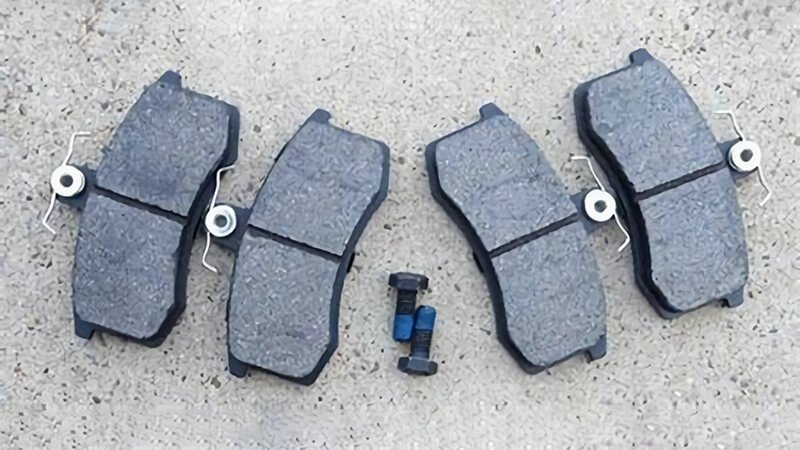
Conclusion
You should never change brake pads9 with the parking brake engaged—manual or electric. It risks damaging components, causes costly delays, and ruins good pads. At Runex Auto, we design our brake pads to meet OEM specs and fit seamlessly—but even the best pads fail when installed the wrong way. Always disengage the brake, follow service procedures, and take your time. Your calipers—and your schedule—will thank you.
-
Learn how proper installation impacts safety and efficiency, ensuring optimal vehicle performance. ↩
-
Understanding the damage potential can help you avoid costly mistakes during brake pad installation. ↩
-
Learn about essential diagnostic tools that can streamline your EPB servicing, ensuring efficiency and reliability in your fleet. ↩
-
Explore this link to understand how EPB service guides can enhance your brake pad installation process and prevent costly mistakes. ↩
-
Understanding the best practices for pad replacement can enhance safety and performance, ensuring your vehicle runs smoothly. ↩
-
Exploring how gear position impacts Runex pad performance can help you optimize your vehicle's braking system for better safety and efficiency. ↩
-
Understanding brake release is crucial for safe vehicle maintenance and avoiding costly mistakes during brake pad changes. ↩
-
Exploring comprehensive install guidelines can enhance your knowledge and ensure proper brake pad installation for optimal vehicle performance. ↩
-
Finding the best quality OEM Auto Brake Pads from Runex Auto. ↩








